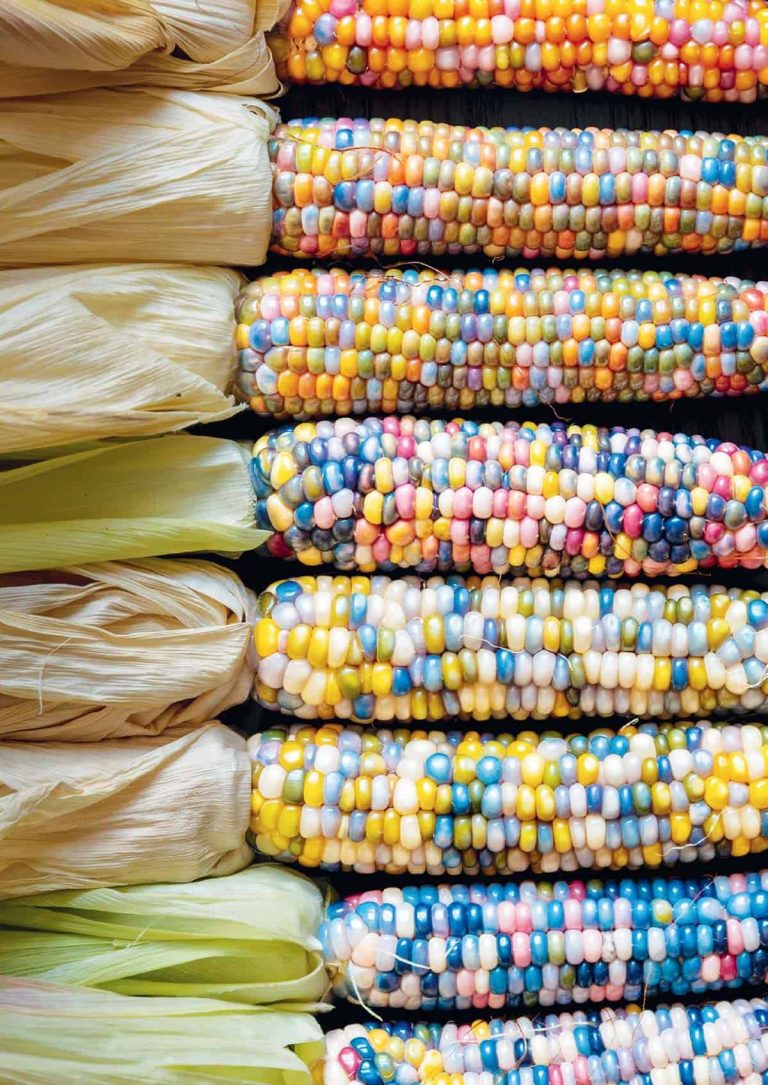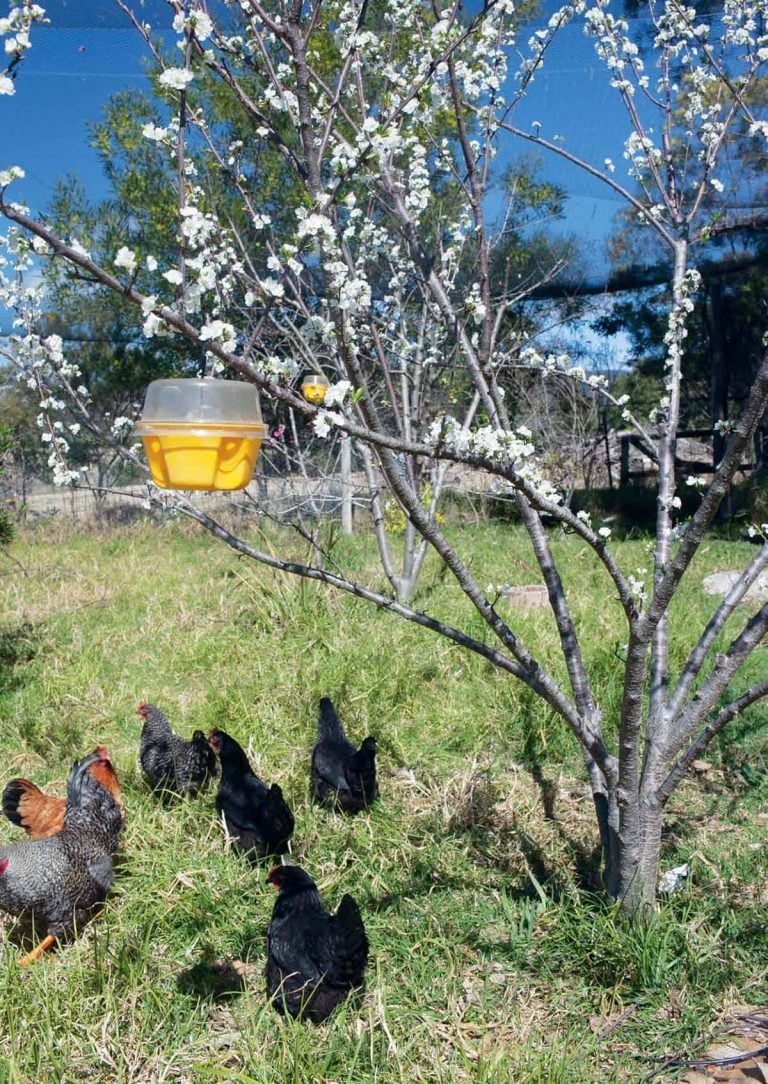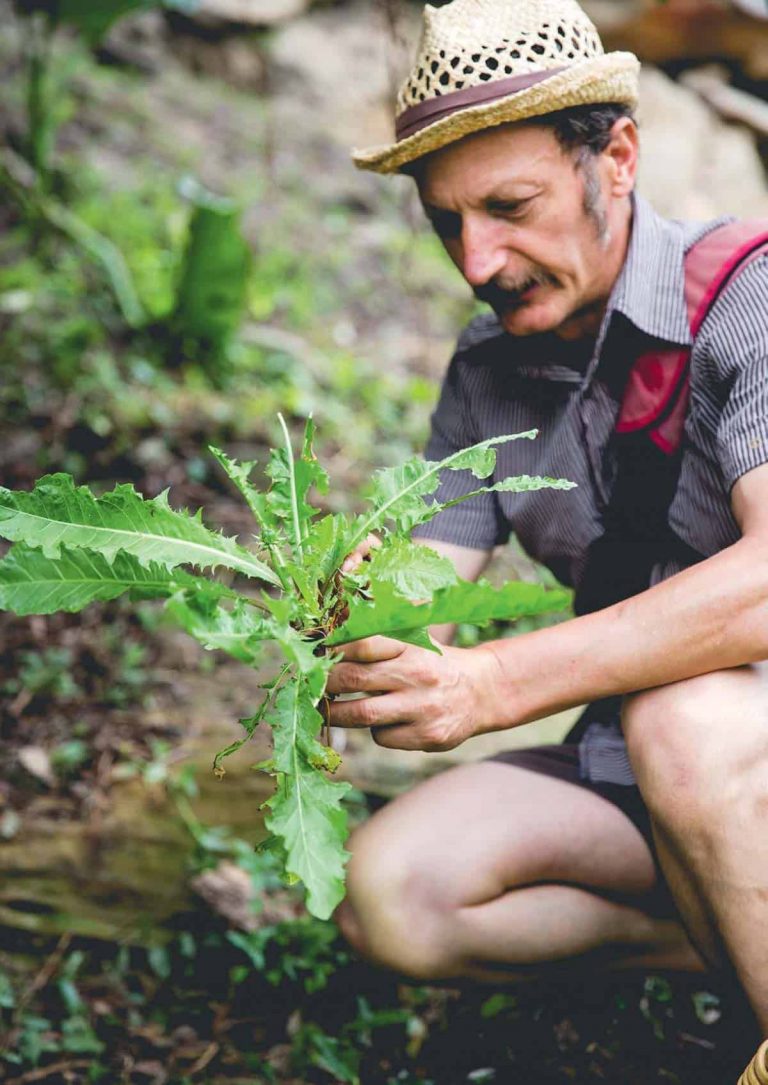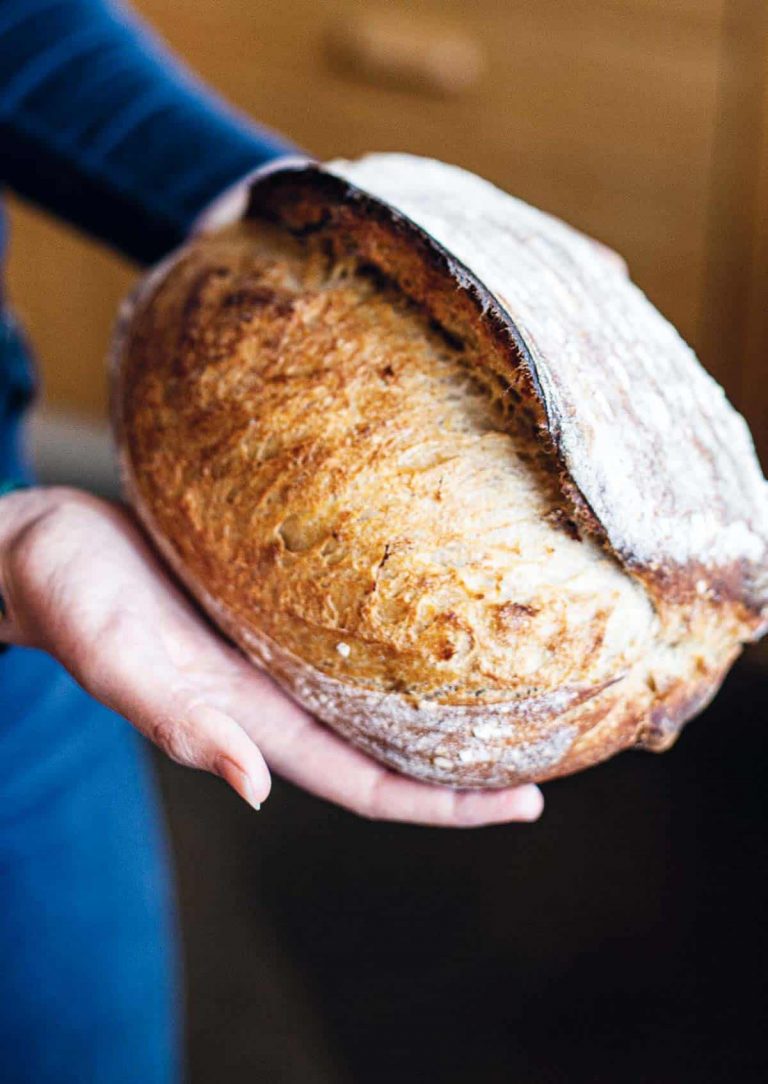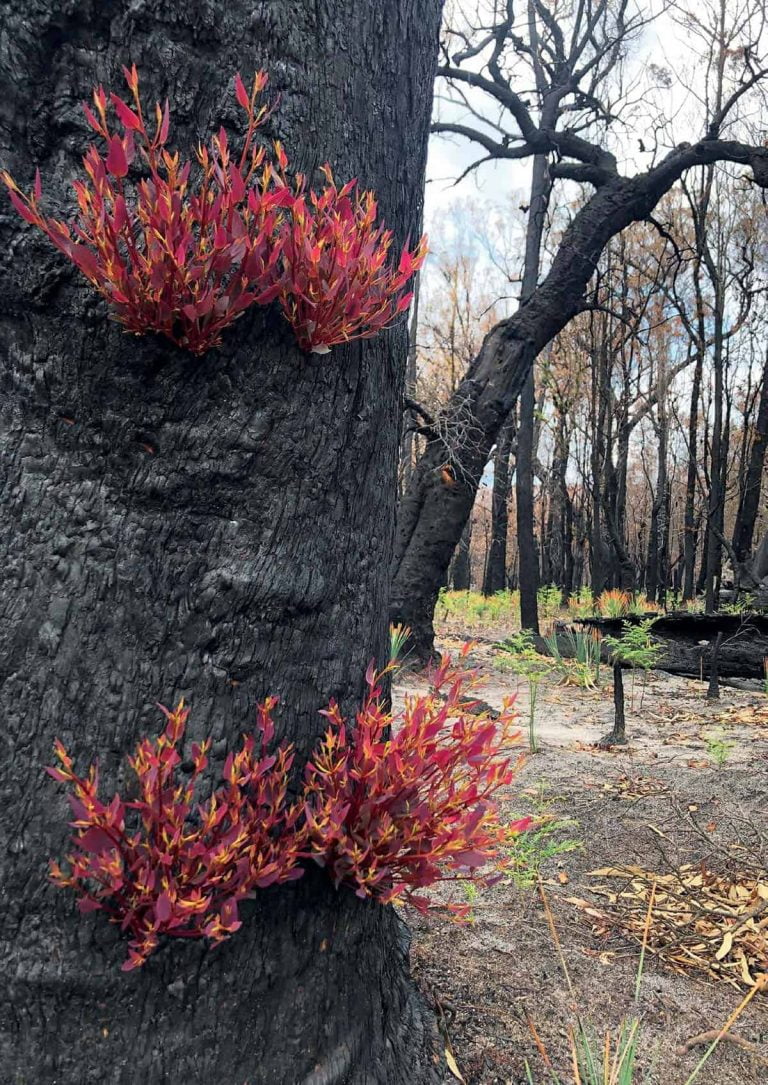Broad Beans
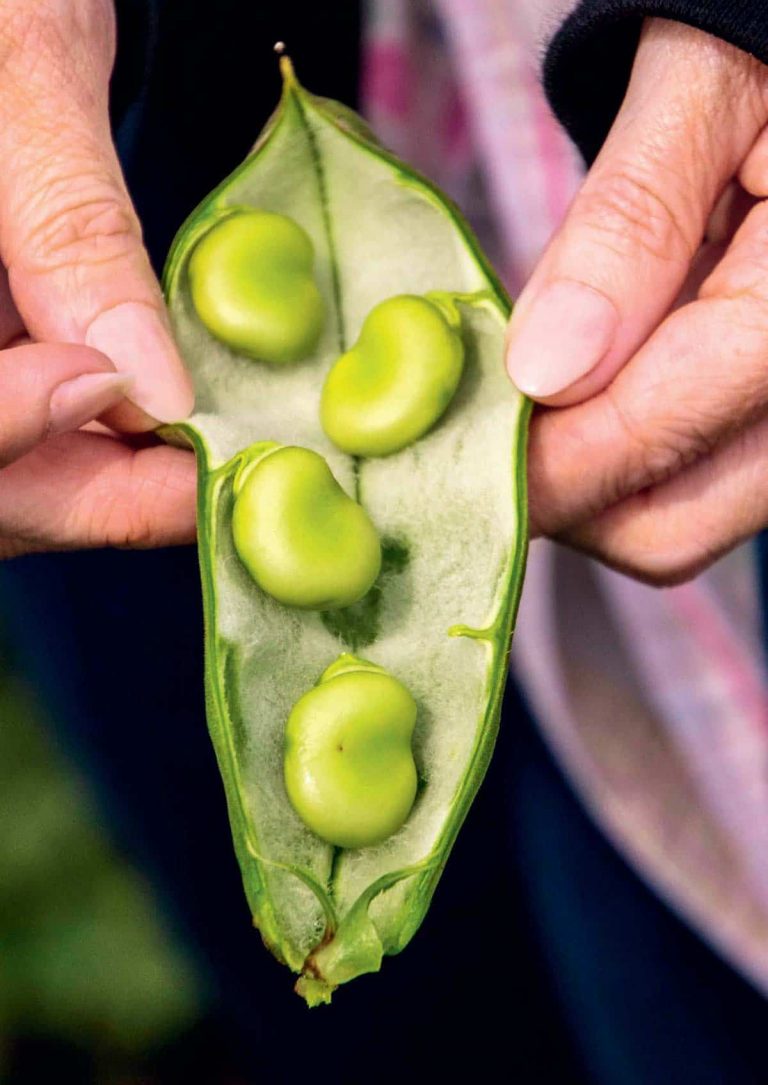

Vicia fava – vicia was the name for vetch in Latin and fava for the bean itself.
Origin
Broad beans have been cultivated since prehistoric times in Europe. They were unearthed in the ancient city of Troy, found in Egyptian tombs as well as with Bronze Age artefacts in Switzerland, so their exact origin is difficult to determine. It is recorded that Romans used them as voting tokens and they reached China by the first century CE.
Description
Broad beans are a hardy frost-tolerant plant. They are also called horse beans, fava beans and, in northern Africa where a smaller version is common, tick beans.

